Greenough (George Bellas), A Geological Map of England & Wales by G. B. Greenough Esq. F.R.S., President of the Geological Society, published by the Geological Society, 2nd edition, November 1st. 1839, engraved map with contemporary hand colouring, sectionalised and laid on linen on six sheets, calligraphic title with a manuscript number '137' below title, separate 'index of colours', each map sheet approximately 635 x 810 mm, slight offsetting, contained in a contemporary green morocco gilt book box with 'envelope style' lid, slight wear to extremities A bright example of a map which was controversial at the time of its publication, in that Greenough was accused of plagiarising William Smith's earlier and ground breaking geological survey and map of 1815. Greenough was stung enough by the critisicm to issue a written defense of his actions which was published in 'Memoir of a Geological Map of England: to Which are Added, an Alphabetical Index to the Hills, and a List of the Hills Arranged According to Counties (1820)'.William Smith's low social staus and background resulted in his work being largely ignored and the Geological Society of London did indeed plagiarise the map, undercutting Smith's asking price, which eventually pushed Smith to financial ruin and the debtor's prison. Recognition of his role as 'The Father of English Geology' would only follow much later in 1831 when Smith was awarded the Woolaston medal by the Geological Society. Greenough's map is important in its own right and is now recognised as a separate piece of scholarship but unlike Smith it involved no surveying but relied on other surveyors sending him information which he then collated. (1)
Greenough (George Bellas), A Geological Map of England & Wales by G. B. Greenough Esq. F.R.S., President of the Geological Society, published by the Geological Society, 2nd edition, November 1st. 1839, engraved map with contemporary hand colouring, sectionalised and laid on linen on six sheets, calligraphic title with a manuscript number '137' below title, separate 'index of colours', each map sheet approximately 635 x 810 mm, slight offsetting, contained in a contemporary green morocco gilt book box with 'envelope style' lid, slight wear to extremities A bright example of a map which was controversial at the time of its publication, in that Greenough was accused of plagiarising William Smith's earlier and ground breaking geological survey and map of 1815. Greenough was stung enough by the critisicm to issue a written defense of his actions which was published in 'Memoir of a Geological Map of England: to Which are Added, an Alphabetical Index to the Hills, and a List of the Hills Arranged According to Counties (1820)'.William Smith's low social staus and background resulted in his work being largely ignored and the Geological Society of London did indeed plagiarise the map, undercutting Smith's asking price, which eventually pushed Smith to financial ruin and the debtor's prison. Recognition of his role as 'The Father of English Geology' would only follow much later in 1831 when Smith was awarded the Woolaston medal by the Geological Society. Greenough's map is important in its own right and is now recognised as a separate piece of scholarship but unlike Smith it involved no surveying but relied on other surveyors sending him information which he then collated. (1)

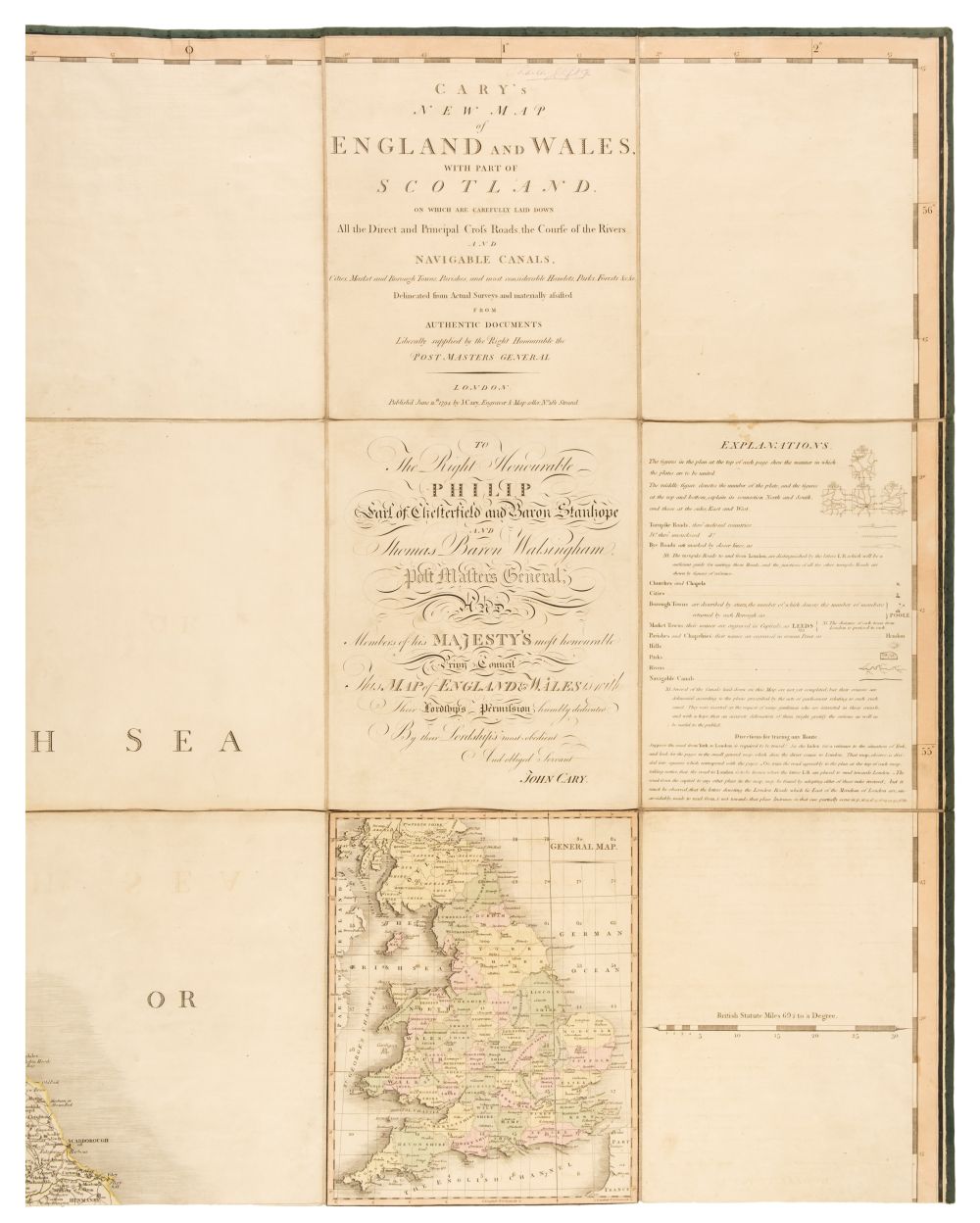
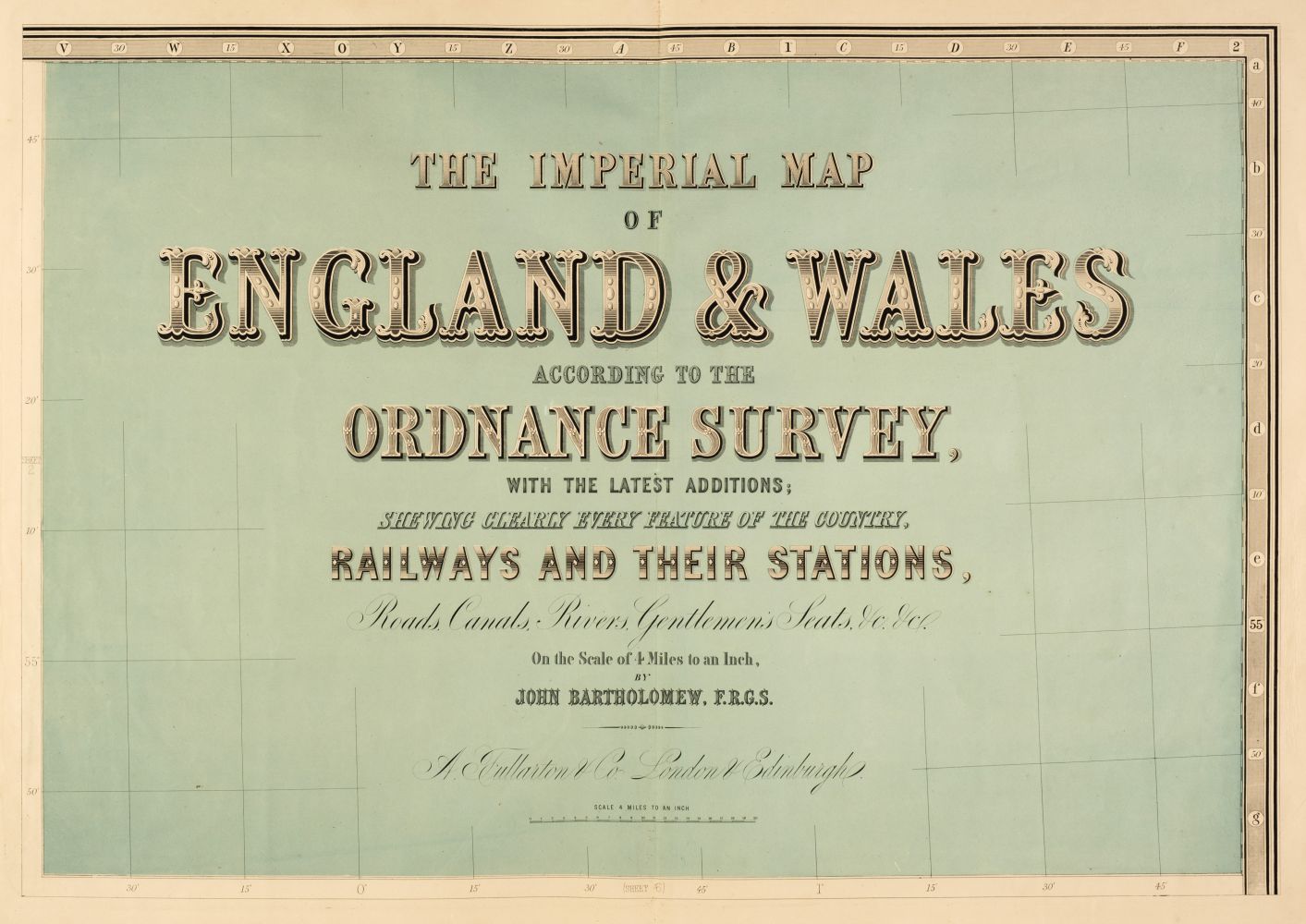
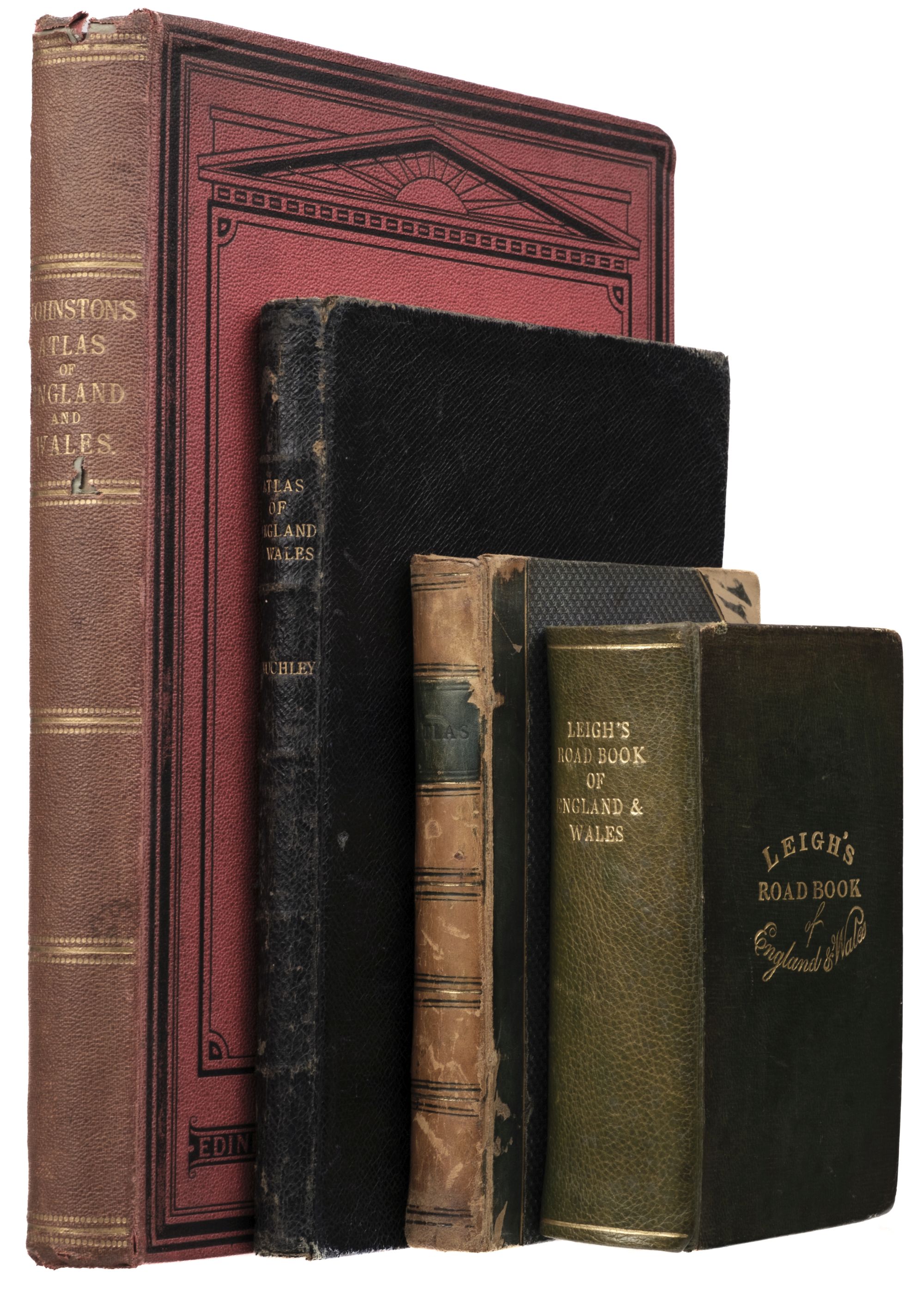
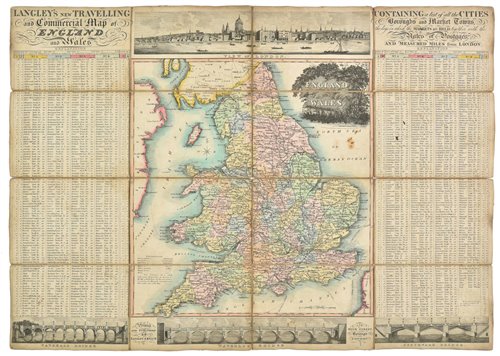

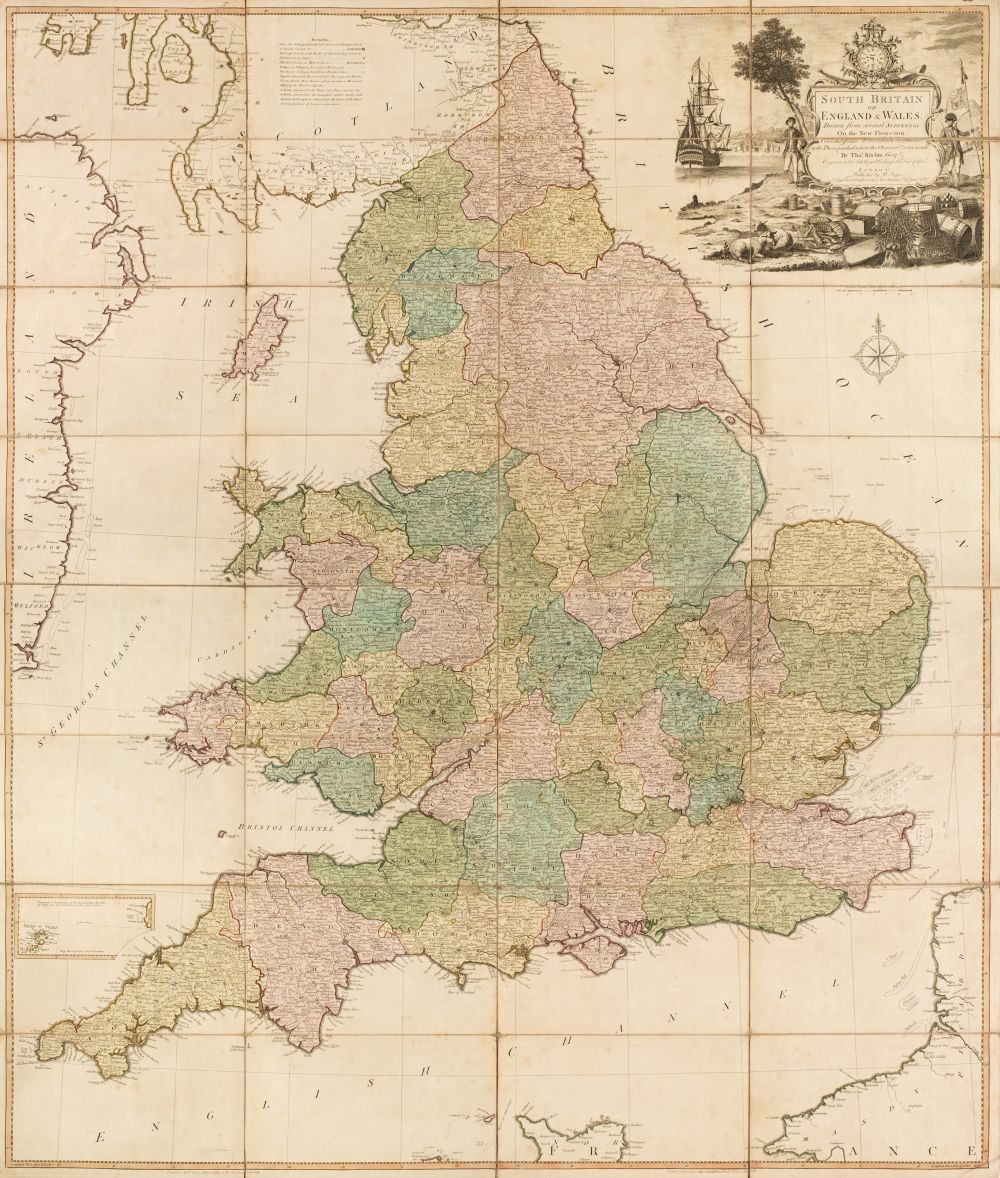
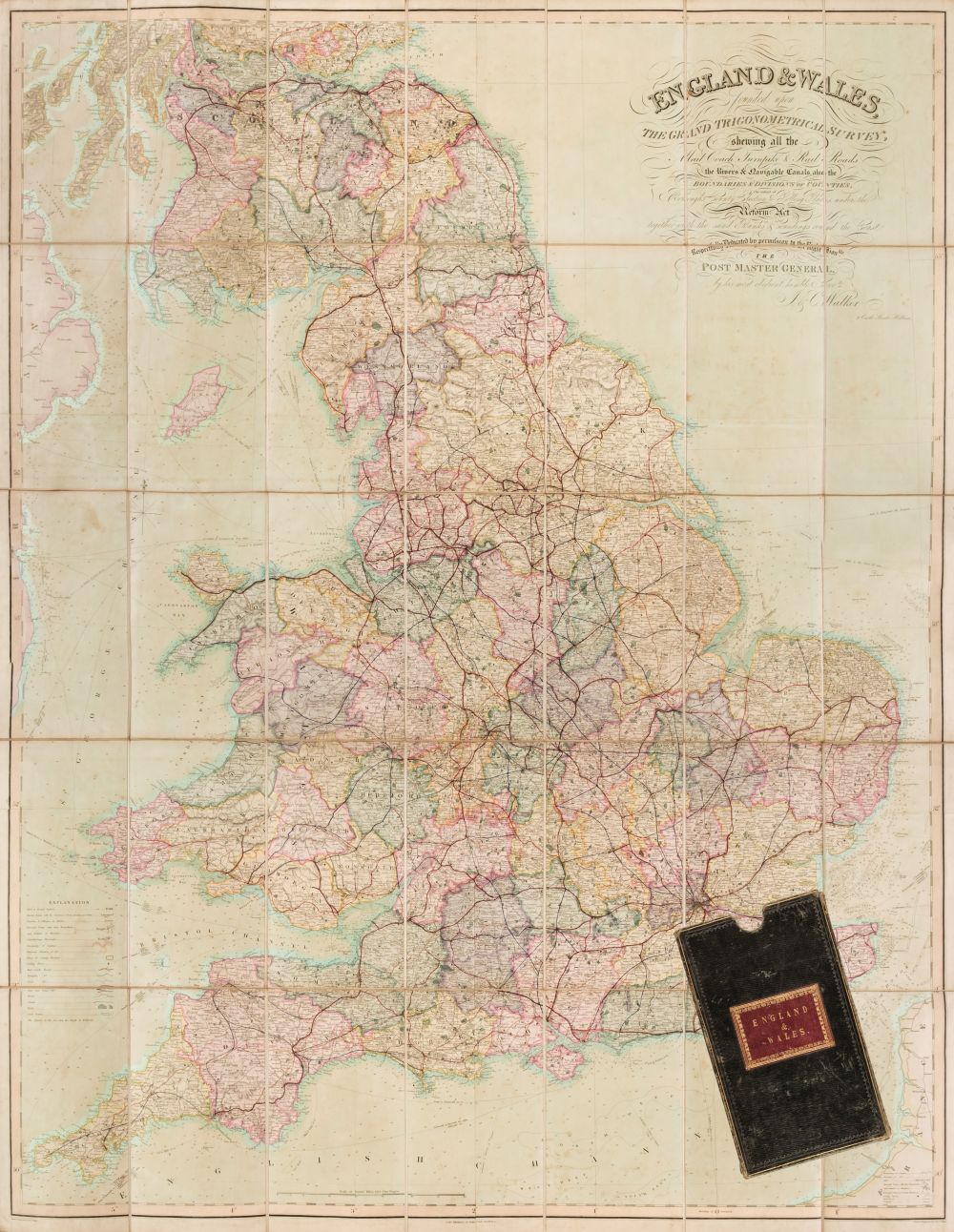


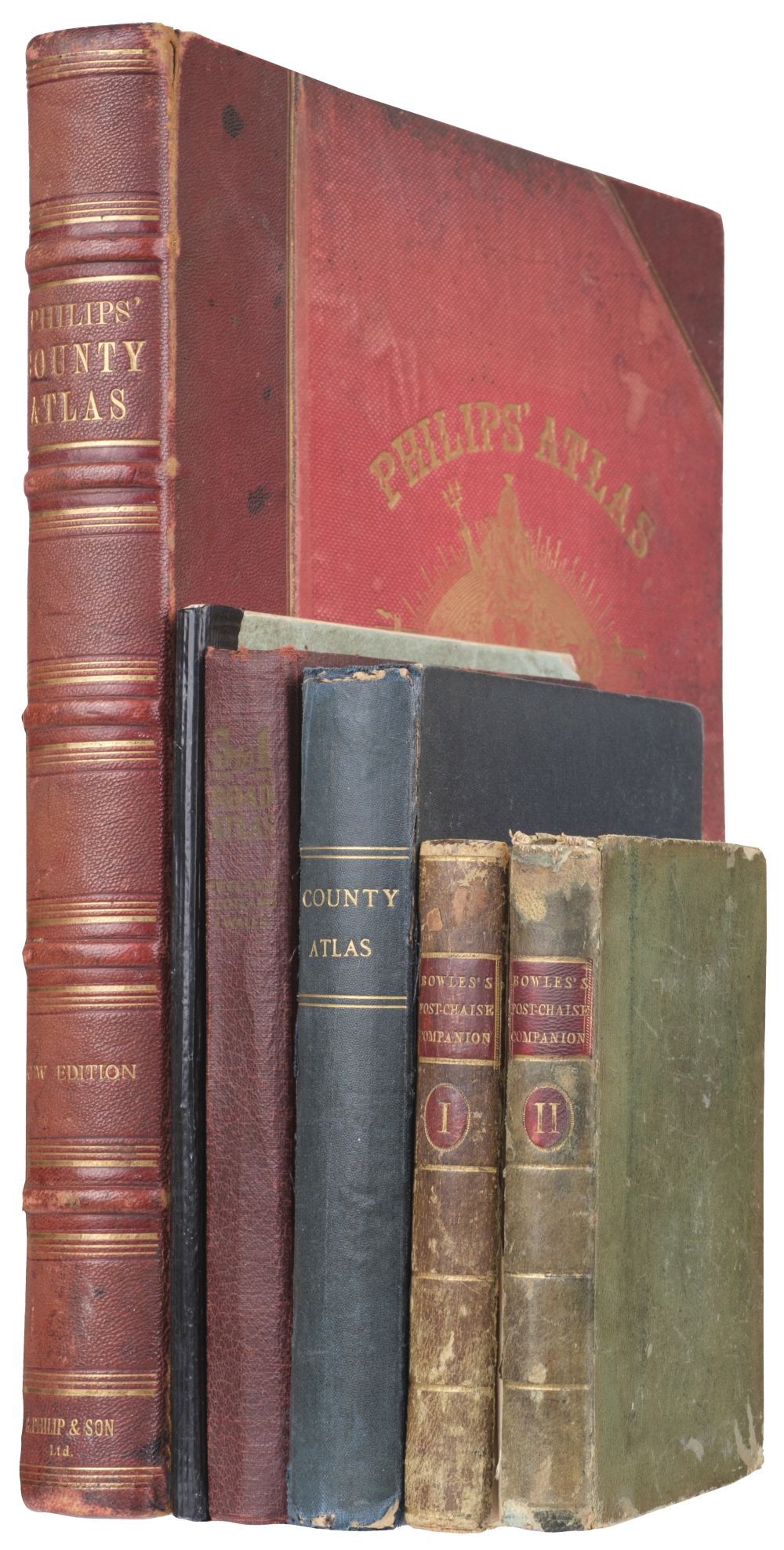
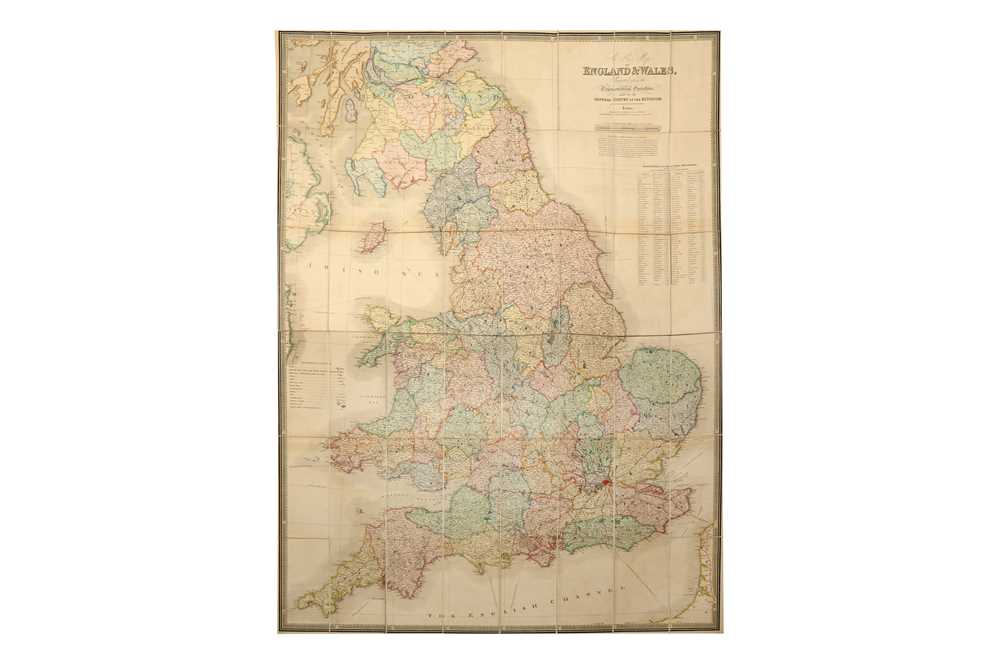

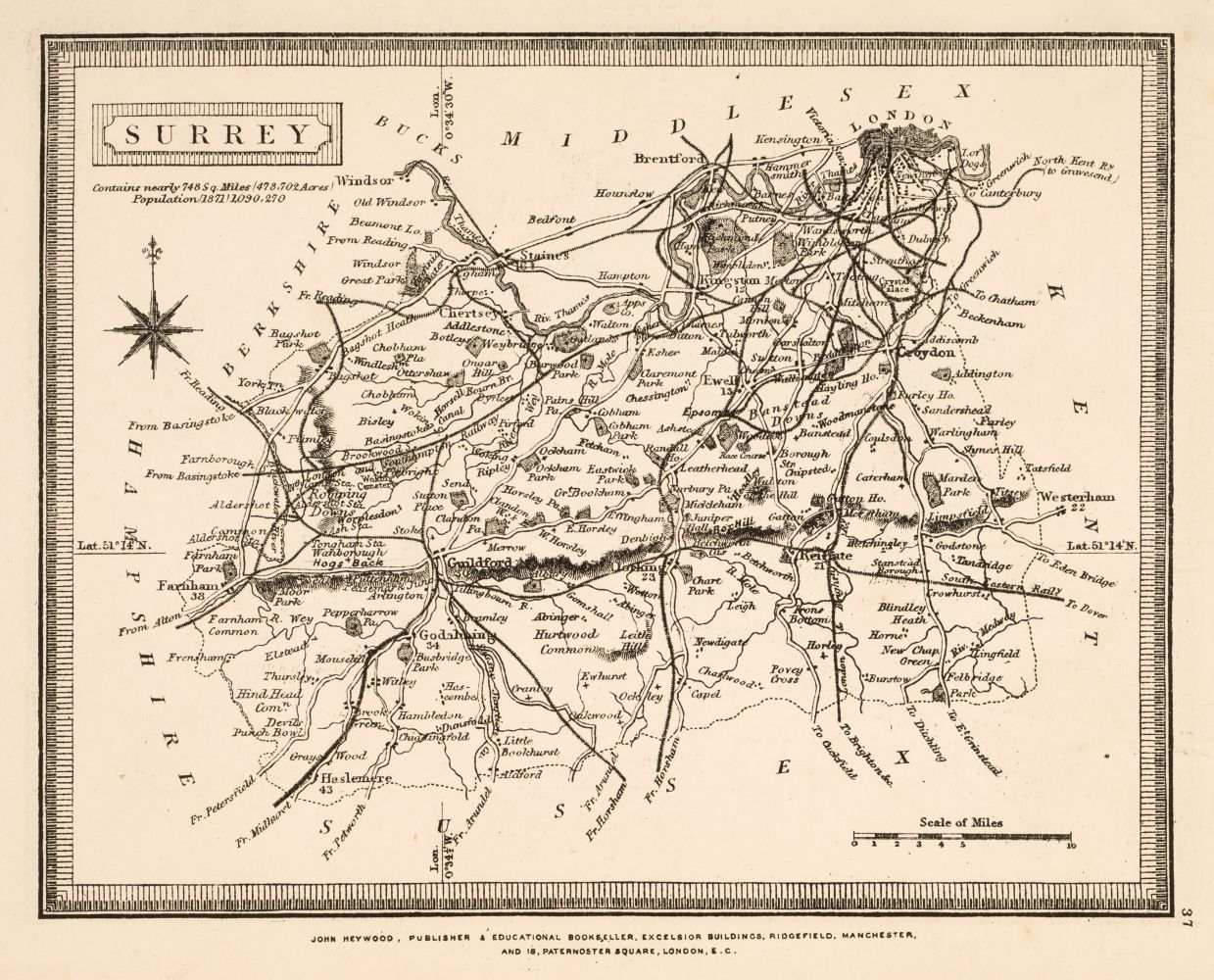

Testen Sie LotSearch und seine Premium-Features 7 Tage - ohne Kosten!
Lassen Sie sich automatisch über neue Objekte in kommenden Auktionen benachrichtigen.
Suchauftrag anlegen